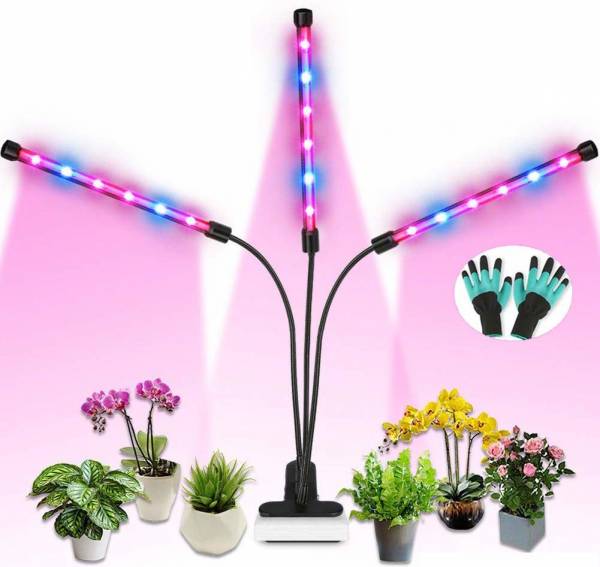LED lamps for plants have become the go-to option for people who want a sustainable, low-cost solution for growing healthy indoor plants. These lamps consume less energy, are long-lasting, and emit less heat compared to traditional lamps. They come in various shapes and sizes, making them ideal for different types of plants and indoor spaces.

If you're looking for a lamp that can provide adequate lighting for your indoor plants, here's what you need to know:
1. The Importance of Plant Lighting
Plants undergo photosynthesis, a process that involves the conversion of light energy into chemical energy that is stored in sugars. The plant then uses these sugars to grow and reproduce. Without adequate lighting, plants cannot undergo this process and will eventually wither and die. Different indoor plants have different lighting requirements, and it's important to choose the right type of lamp for your plant's needs.
2. Understanding LED Lamps
LED lamps are the most energy-efficient option available in the market today. They emit less heat, consume less energy, and are long-lasting. Additionally, they come in various colors, making it possible to customize lighting to suit the plant's specific needs. Some lamps emit a blue light that promotes foliage growth, while others emit a red light that boosts flowering and fruiting.
3. Choosing the Right Lamp
When choosing an LED lamp for your indoor plants, consider the color temperature, intensity, and spectrum. The color temperature refers to the color of the light, with warm light being closer to the red end of the spectrum, and cool light being closer to the blue end. The intensity refers to the brightness of the light, and the spectrum refers to the range of wavelengths that the light emits. These factors will vary depending on the type of plant and its lighting requirements.
4. Using LED Lamps Effectively
To optimize plant growth using LED lamps, position the lamp 12 to 18 inches away from the plant. This distance will prevent the plant from getting too much heat while ensuring that it receives adequate lighting. Additionally, make sure to rotate the plant regularly to ensure that all parts receive equal light exposure.
In conclusion, LED lamps for plants are an excellent investment for indoor plant enthusiasts. They provide the necessary lighting required for healthy plant growth even in confined indoor spaces. When choosing an LED lamp, ensure that you select the right color temperature, intensity, and spectrum to suit the specific requirements of your plant. With proper use and care, the LED lamp will allow you to enjoy thriving indoor plants all year round.